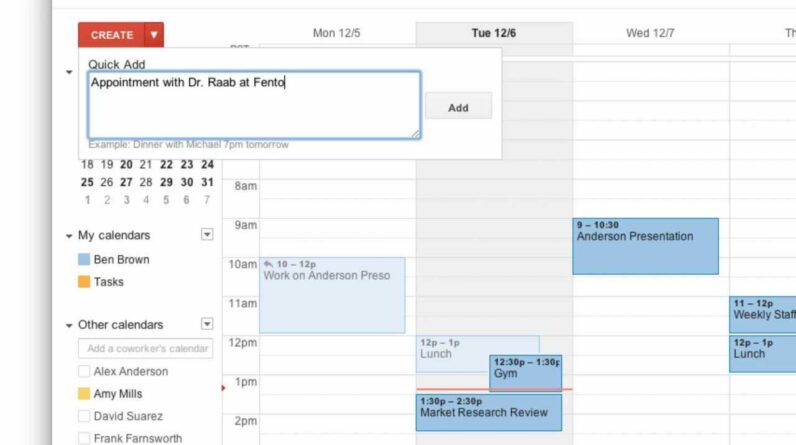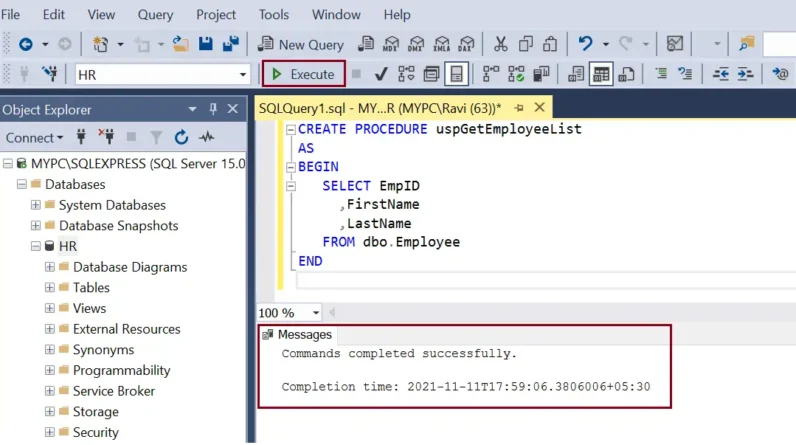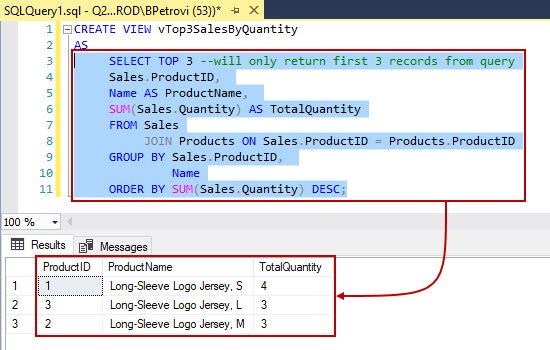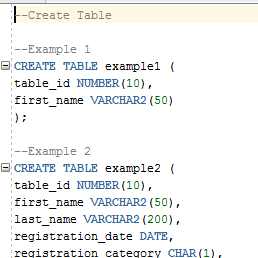
Imagine a world where data reigns supreme, and information is the currency of success. In this digital era, mastering the art of organizing and storing data is essential. Whether you’re an aspiring data analyst or a seasoned database administrator, understanding how to create a table in Oracle is a skill that will elevate your professional prowess. Oracle, the titan of the database world, offers a powerful and versatile platform for managing data. In this article, we will guide you through the intricate process of creating a table in Oracle with precision and finesse.
With our step-by-step instructions, you will learn the fundamental techniques required to craft a table in Oracle. We will provide you with insights on how to navigate the Oracle universe, empowering you to create and replace tables effortlessly. From defining columns and datatypes to setting constraints and mapping relationships, we will cover everything you need to know in order to create a robust and efficient table in Oracle. So, fasten your seatbelt and get ready to embark on a journey towards mastering the art of Oracle table creation. The knowledge you gain here will enhance your data management skills, enabling you to navigate the vast horizons of information with confidence and expertise.
Table of Contents
Prerequisites
Before we dive into creating and managing tables in Oracle Database, there are a few prerequisites that you should have in place. Firstly, you should have a solid understanding of Oracle Database and its concepts. This will help you navigate through the process with ease and understand the importance of each step.
Additionally, you need to have access to an Oracle Database. Whether you are using a local installation or accessing a remote database, make sure you have the necessary credentials and permissions to create and modify tables. Finally, it is beneficial to have basic knowledge of SQL, as it is the language used to interact with the database and perform various operations on the tables.
Creating a New Table
One of the fundamental tasks in Oracle Database is to create a new table. This involves specifying the table name, defining its columns, specifying the data types for each column, and adding constraints to enforce data integrity.
Choosing a Table Name
When creating a new table, it is important to choose an appropriate and descriptive name. The table name should reflect the purpose or entity that the table represents. It is recommended to use meaningful and intuitive names that make it easier for others to understand the table’s content and purpose.
Specifying the Columns
A table consists of one or more columns, which define the structure and data types of the information stored in the table. When creating a table, you need to specify the names and data types of the columns. Each column should have a unique name within the table.
Defining Data Types
Data types define the kind of data that can be stored in each column. Oracle Database offers various data types to cater to different types of data, including numbers, strings, dates, and more. It is important to choose the appropriate data type for each column, based on the nature of the data it will hold.
Adding Constraints
Constraints are rules that govern the data within a table, ensuring data integrity and consistency. Some common constraints include primary key, foreign key, unique, and check constraints. These constraints help maintain the validity and accuracy of the data stored in the table. When creating a table, it is essential to identify and add the necessary constraints based on the requirements of your data model.
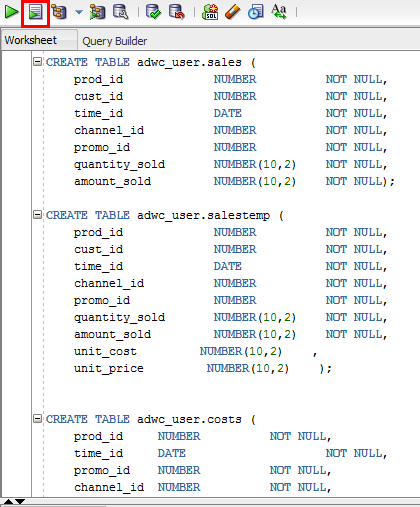
Modifying an Existing Table
Once a table is created, it is common to modify it as the needs of the system evolve. Oracle Database provides various options for altering an existing table, such as adding new columns, dropping columns, modifying column properties, and renaming columns.
Adding a New Column
If you need to add new information to an existing table, you can do so by adding a new column. This can be useful when there is a need to capture additional data points without affecting the existing structure of the table. Adding a new column allows you to store new information while keeping the existing data intact.
Dropping a Column
On the other hand, if you no longer require a particular column in a table, you can remove it by dropping the column. Dropping a column permanently deletes the column along with all the data it contains. It is essential to exercise caution when dropping a column, as it can result in data loss if not done carefully.
Modifying Column Properties
Sometimes, you may need to change the properties of a column in an existing table. This can include altering the data type, modifying column constraints, or changing the default values. Modifying column properties allows you to fine-tune the structure of the table without affecting the entire schema.
Renaming an Existing Column
In certain situations, you may want to rename a column in an existing table. This can be helpful when the original column name does not accurately reflect the information it holds or if you want to align the naming convention with other tables or applications. Renaming a column allows you to improve the readability and maintain consistency within your database.
Managing Table Data
Once a table is created, it is essential to know how to manage the data within it. This includes inserting new data into the table, updating existing data, and deleting unwanted data.
Inserting Data into the Table
To add new records to a table, you can use the SQL INSERT statement. This statement allows you to specify the values for each column in a new row, effectively populating the table with data. When inserting data, you need to ensure that the values are in the correct format and adhere to any constraints defined for the table.
Updating Data in the Table
When the existing data in a table needs to be modified, the SQL UPDATE statement can be used. This statement allows you to update values in specific columns of one or more rows in the table. It is crucial to construct the UPDATE statement accurately to target the desired rows and columns, avoiding unintended changes to unrelated data.
Deleting Data from the Table
If you need to remove specific records from a table, the SQL DELETE statement comes into play. This statement allows you to delete one or more rows from the table based on certain conditions. Similar to updating data, caution must be exercised to ensure that only the intended records are deleted, as the action is irreversible.
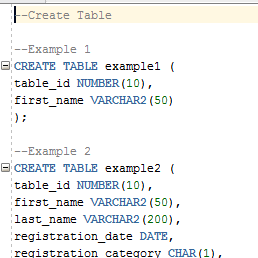
Viewing Table Information
To gain insights into the structure and contents of a table, Oracle Database provides various options for viewing table information.
Listing all Tables in a Database
To obtain a list of all the tables present in a database, you can execute a SQL query against the data dictionary views. These views contain metadata information about the tables and can be queried to retrieve the necessary table details.
Describing a Table
To get a detailed view of a specific table, you can use the SQL DESCRIBE statement. This statement provides information about the columns, data types, and constraints of the table. It offers a quick overview of the table structure, making it easier to understand and work with the table.
Viewing Table Constraints
If you want to examine the constraints defined for a table, you can query the data dictionary views that store this information. By inspecting the constraints, you can ensure that the data in the table adheres to the specified rules, maintaining data integrity.
Viewing Table Indexes
Indexes are database objects that enhance query performance by providing faster access to data. To view the indexes associated with a table, you can query the data dictionary views related to indexes. Understanding the indexes on a table can give you insights into the indexing strategy and optimize queries accordingly.
Backing up and Restoring Tables
To safeguard your data, it is essential to back up your tables regularly and have mechanisms in place for restoring them if needed. Oracle Database provides several options for backing up and restoring tables, including the use of Oracle Data Pump.
Exporting a Table
To export a table, you can use the Oracle Data Pump utility. This utility allows you to create a binary dump file containing the table’s data and structure. The exported file can then be used to restore the table if necessary, ensuring the data is preserved even in the event of data loss or corruption.
Importing a Table
Likewise, when you need to restore an exported table, the Oracle Data Pump utility enables you to import the table from the dump file. This process re-creates the table with its original data and structure, allowing you to recover the data and resume regular operations.
Using Oracle Data Pump
Oracle Data Pump provides a comprehensive set of tools and utilities for efficiently moving data and metadata between Oracle databases. It offers high-speed data movement and can be used for both backup and recovery purposes. Understanding how to utilize Oracle Data Pump can help you effectively manage your tables and ensure data availability.
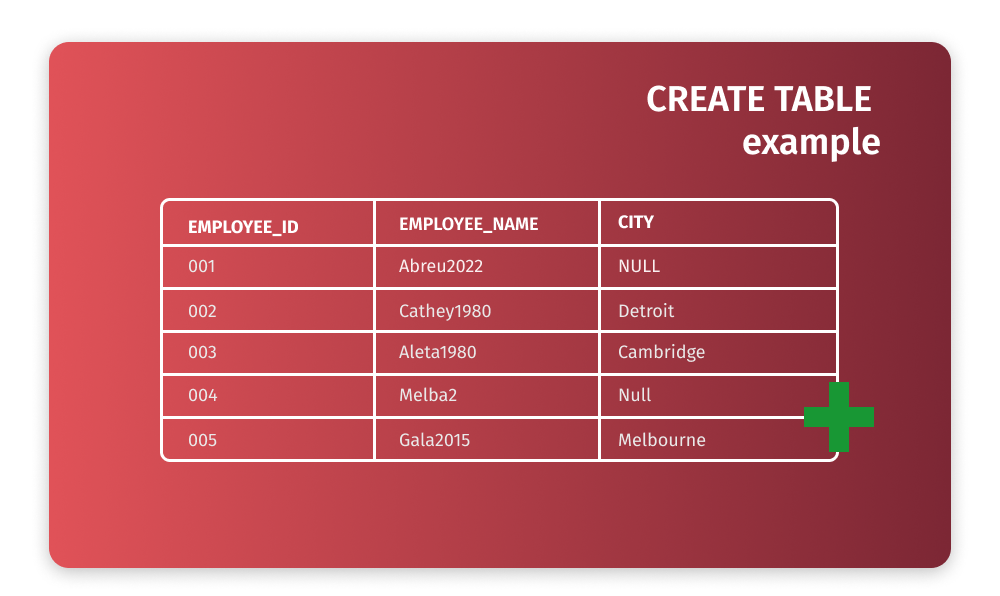
Dropping a Table
In some cases, you may need to remove a table from your Oracle Database. This can be done permanently or temporarily, depending on your requirements.
Dropping a Table Permanently
To permanently remove a table from the database, you can use the SQL DROP TABLE statement. This action deletes the table and all of its associated data, including any indexes, constraints, and triggers. It is crucial to exercise caution when using this statement, as all the data within the table will be irretrievably lost.
Truncating a Table
On the other hand, if you want to remove all the data from a table while keeping its structure intact, you can use the SQL TRUNCATE TABLE statement. This statement quickly removes all the rows from the table, making it an efficient option when you want to delete a large amount of data. However, unlike dropping a table, truncating it allows you to retain the table structure for future use.
In conclusion, understanding how to create, modify, manage, view, and drop tables in Oracle Database is essential for effective database administration. By following the steps outlined in this article and leveraging the functionality provided by Oracle Database, you will be well-equipped to handle various tasks related to tables and ensure data integrity and availability.



